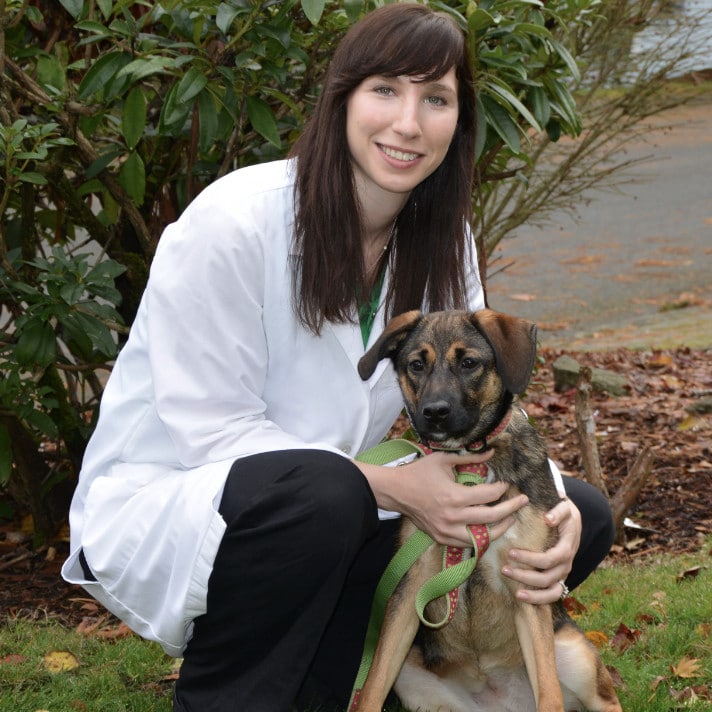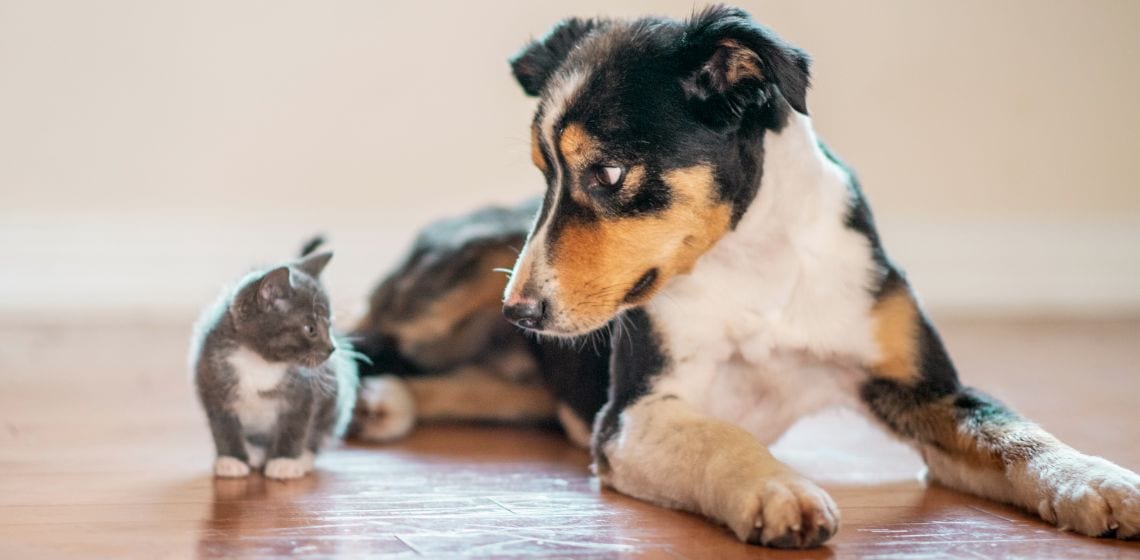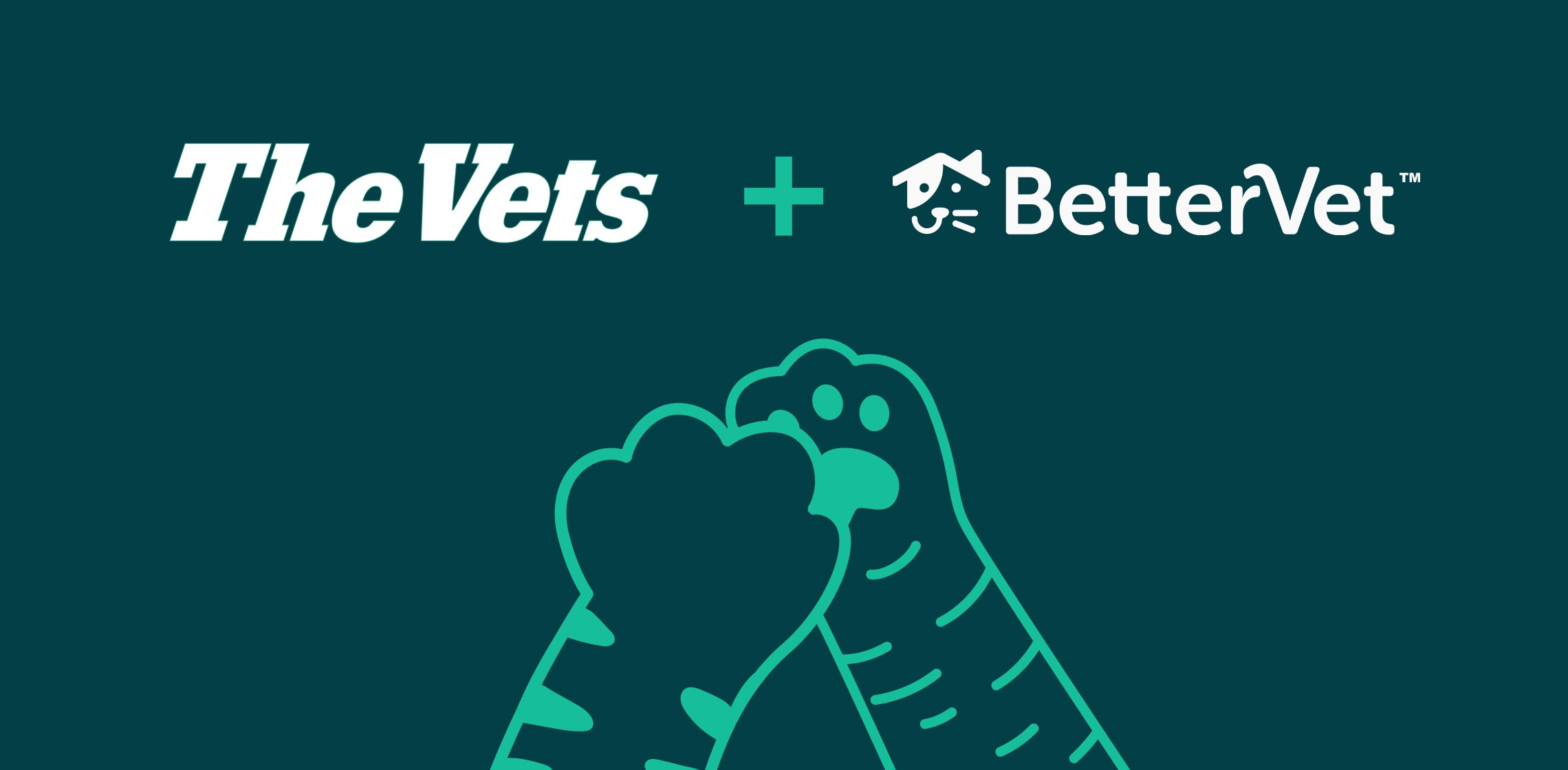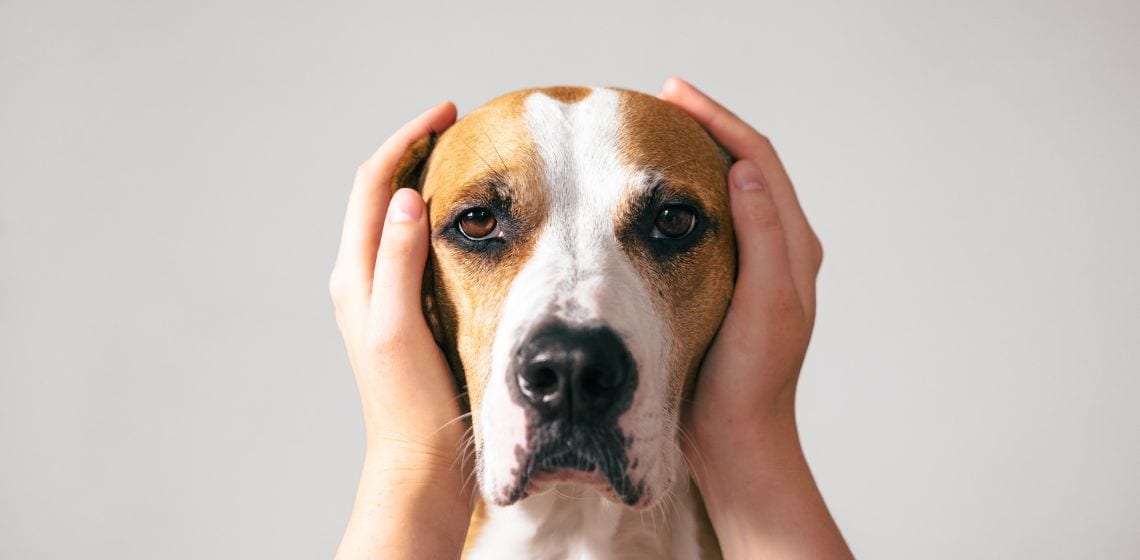Table of Contents
Key indicators of cat body language
Just like us, cats experience many different emotions. Before exploring these in detail, it’s important to understand the basic elements of cat body language:
- Tail Movements and Positions: The tail is a primary indicator of a cat’s emotional state. A high, gently curved tail usually signifies happiness, while a tucked tail indicates fear or submission. Rapid tail movement can signal irritation or excitement.
- Eye Gestures: Cats communicate a lot through their eyes. Dilated pupils can indicate excitement, fear, or playfulness, while slow blinking is a sign of trust and contentment. Staring can be perceived as a challenge or a threat in the cat world.
- Ear Positions: Ears pointed forward show interest or curiosity, while ears flattened to the head often indicate fear, aggression, or irritation. Rotating ears can mean your cat is trying to pinpoint a sound’s location.
- Body Posture: The overall body posture is also a vital component of cat communication. A relaxed, sprawled-out cat indicates contentment, while an arched back and puffed-up fur suggest fear or aggression. A crouched position can indicate readiness to play or apprehension, depending on the context.
To help interpret your cat’s emotions, it’s also important to observe their surroundings and get a feel for the whole picture – similar body language may mean something different depending on the context. Finally, our cats are all individuals – some may be more talkative, fearful, or confrontational than others. Therefore, their body language and emotional responses can differ from cat to cat.
Cat emotions
The happy cat
Happy cats exhibit behaviors and body language that indicate they are feeling safe, comfortable, and at ease.
- Body Posture: Typically relaxed, possibly lying down comfortably or sitting with a relaxed posture. The body is free from tension, showing a sense of security and contentment.
- Tail: Often held high with a light curve at the tip, indicating happiness. In playful moods, the tail may swish gently.
- Ears: Positioned naturally or forward, showing curiosity and comfort. They’re neither flattened nor tensely perked up.
- Eyes: Half-closed eyes or slow blinking is a sign of trust and satisfaction.
- Other Behaviors: Purring is a common sign of contentment, although it can also occur in other emotional states. Happy cats may engage more in social behaviors like head-butting, rubbing against people or objects, and chirpy, conversational meowing. They maintain a healthy grooming routine and a good appetite.
The playful cat
Play is not only a sign of a happy and healthy animal, but also an important part of your cat’s mental and physical stimulation and an outlet for their natural instincts. Playful cats exhibit body language that reflects their excitement and enjoyment.
- Body Posture: A playful cat often has a lively and animated posture. They might crouch low in a playful pounce position or display exaggerated movements during play, such as rolling or flipping.
- Tail: The tail behavior in a playful cat can be quite expressive. It might twitch rapidly or swish back and forth, indicating excitement and engagement in play. Sometimes, the tail may stand straight up with a slight curve at the tip. If a tail is flicking rapidly and your cat is not showing other signs of play, it may indicate stress or overstimulation.
- Ears: Ears are usually forward-facing or slightly to the side, signaling curiosity and interest. They remain alert and responsive to sounds and movements during play.
- Eyes: Pupils may be dilated due to excitement. The cat’s gaze is often focused and attentive, following the movements of their play object or companion.
- Other Behaviors: Playful cats engage in various activities like chasing, pouncing, and batting at objects.
The stressed or anxious cat
Cats under stress or experiencing anxiety demonstrate some distinct changes in their body language.
- Body Posture: Tense and crouched, sometimes trying to appear smaller or less noticeable. They may try to hide, freeze, or be reluctant to move about freely.
- Tail: Exhibits rapid twitching or is held low, sometimes tucked between the legs, indicating significant stress or discomfort.
- Ears: Flattened back towards the head or angled sideways, a sign of unease or discomfort.
- Eyes: Often wide with dilated pupils, reflecting heightened alertness or nervousness.
- Other Behaviors: Vocalizations may change, with increased meowing, growling, or hissing. There might be changes in grooming habits, like reduced grooming or over-grooming specific areas, and alterations in eating patterns. Stressed cats might also hide more frequently.
The fearful cat
Fear in cats is evident through pronounced body language as a defensive response to perceived threats. The body language of a frightened cat is generally more extreme than those experiencing anxiety. Cats also react to fear in different ways, depending on their personalities, past experiences, and instincts.
- Body Posture: An arched back and straight legs, often accompanied by puffed-up fur to appear larger and more intimidating as a defensive mechanism. Alternatively, some cats may crouch in an attempt to make themselves smaller. Whiskers may be pulled back against the face.
- Tail: Puffed up and bristled or tucked tightly against the body, signaling extreme fear.
- Ears: Typically flattened against the head or pointing backward, a defensive posture signaling fear or discomfort.
- Eyes: Wide open with dilated pupils, indicating high alertness to potential danger. The overall facial expression also appears tense.
- Other Behaviors: Vocalizations like hissing or growling are common, serving as warnings. The cat may crouch low, ready to flee or defend itself.
The aggressive or angry cat
A cat who is about to become aggressive will let you know first through their body language. Aggression may stem from fear, pain, predatory instincts, or territorial disputes with other cats.
- Body Posture: A stiff, straight-legged stance, signaling a confrontational or threatened state. The body is tense, ready for action, and oriented toward the potential target.
- Tail: May be lashing or held low and stiff.
- Ears: Rotated back and may be flattened or remain erect.
- Eyes: Dilated pupils or narrowed eyes, focused on the threat or target.
- Other Behaviors: Swatting with extended claws, growling, hissing, and spitting are other vocal and physical expressions of aggression.
The sick or painful cat
Cats are adept at hiding pain or illness, so it’s crucial to be aware of these subtle signs.
- Body Posture: Hunching, sitting in unusual positions, reluctance to jump, or moving stiffly may indicate discomfort or pain.
- Tail: Less active, possibly held close to the body, depending on the source of pain or discomfort.
- Ears: Might not be as responsive or active; positioning can vary based on the cat’s overall discomfort level.
- Eyes: May appear dull or half-closed if the cat is feeling unwell. Purring can sometimes occur as a self-soothing behavior in painful cats.
- Other Behaviors: Changes in grooming habits, resulting in a disheveled or unkempt fur coat. A sick or painful cat might neglect grooming altogether or groom excessively in a specific area. Other signs include alterations in appetite, energy level, vocalizations, and litter box use. Behavioral changes like increased withdrawal, hiding, or seeking more attention than usual may also indicate illness or discomfort.
Vocalizations and other forms of communication
In addition to body language, cats use vocalizations and other behaviors to communicate:
- Meowing: The tone, length, and frequency of your cat’s meow indicate needs or emotions, from hunger to companionship.
- Purring: Often a sign of contentment, purring can also occur when a cat is in pain or anxious.
- Hissing and Growling: These sounds usually signal fear, aggression, or discomfort. They are clear warnings to stay away or to back off.
- Chattering: This peculiar sound, often made when a cat is watching birds, could indicate excitement or frustration.
Cats have a highly developed sense of smell and use scent as another mode of communication. Cats have scent glands on their paws, cheeks, chin, and tails. Chemical signals, known as pheromones, are also used to convey different messages. For example, pheromones released from glands on a cat’s head through cheek rubbing or head bunting, are associated with calmness and familiarity. Cats may also spray urine or scratch to mark their territory.

Liza is a veterinarian who graduated from MSU CVM in 2013 and spent five years working in small animal practice. She loved working with dogs and cats and educating owners on all aspects of veterinary medicine, especially animal behavior and dermatology. She has since transitioned to remote work to be able to spend more time at home with her husband, two young kids, and two cats. She is thrilled to be able to combine her passions for veterinary medicine and writing. She is licensed as a veterinarian in Washington State.










